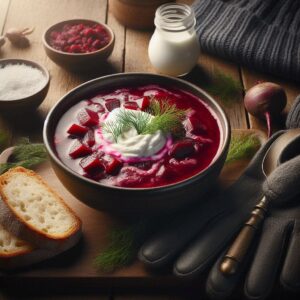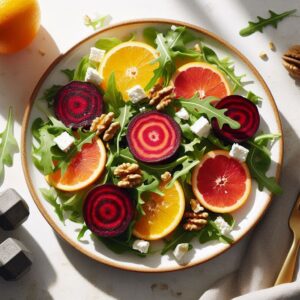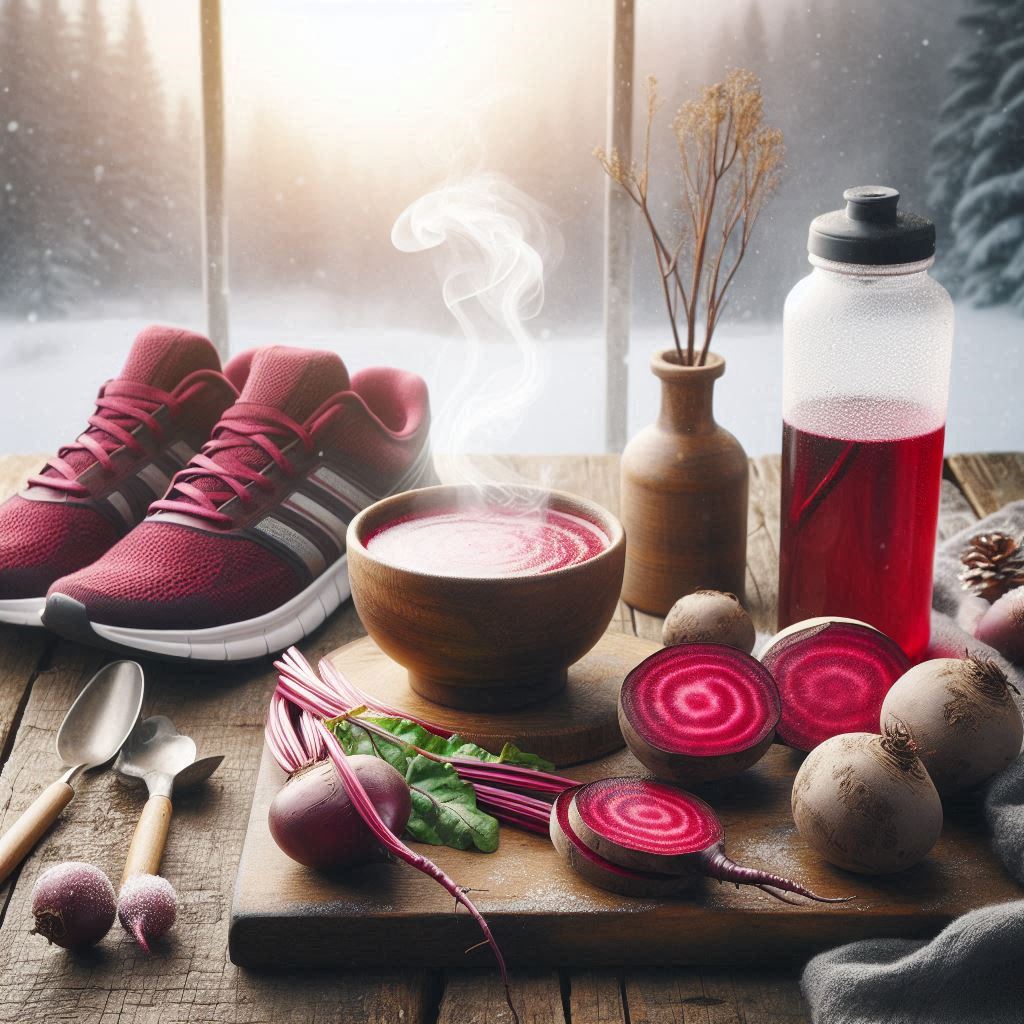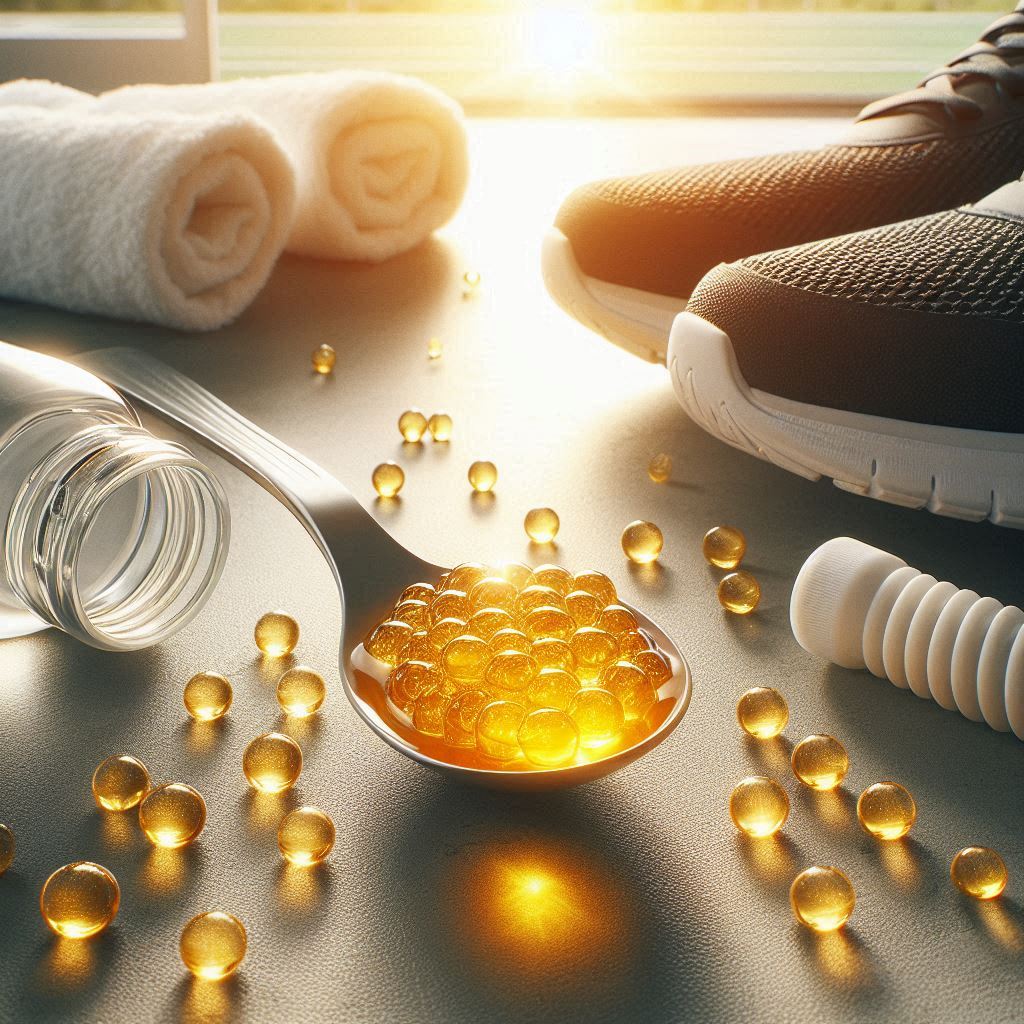

FAQs
How soon do beets “work”? For acute performance, 2–3 hours after intake. For general conditioning, think weeks of consistent food-first use.
Can I use beet powder? Yes—convenient for travel. Choose low-sugar, third-party tested powders. Still keep whole beets in the weekly rotation.
Best for which sports? Endurance (running, skiing, cycling), field sports with repeat sprints, and any cold-weather training where oxygen efficiency matters.
We intentionally link to authoritative, regularly updated databases and syntheses to avoid outdated single-study cherry-picking.Selected References & Further Reading
Bottom Line
For winter athletes, beets are a rare triple win: performance-supporting (nitric-oxide pathway), recovery-friendly (antioxidants, electrolytes), and budget-wise (whole-food, batch-cookable). Use them hot or cold, as soup, salad, roasted snack, smoothie, or street-style cone. Periodize intake, mind your gut, and track session quality. Our stance is firm but fair: in the real world—where cost, consistency, and health matter—beets deserve a permanent jersey on your winter roster.
Eat daily, sleep daily, exercise daily.




